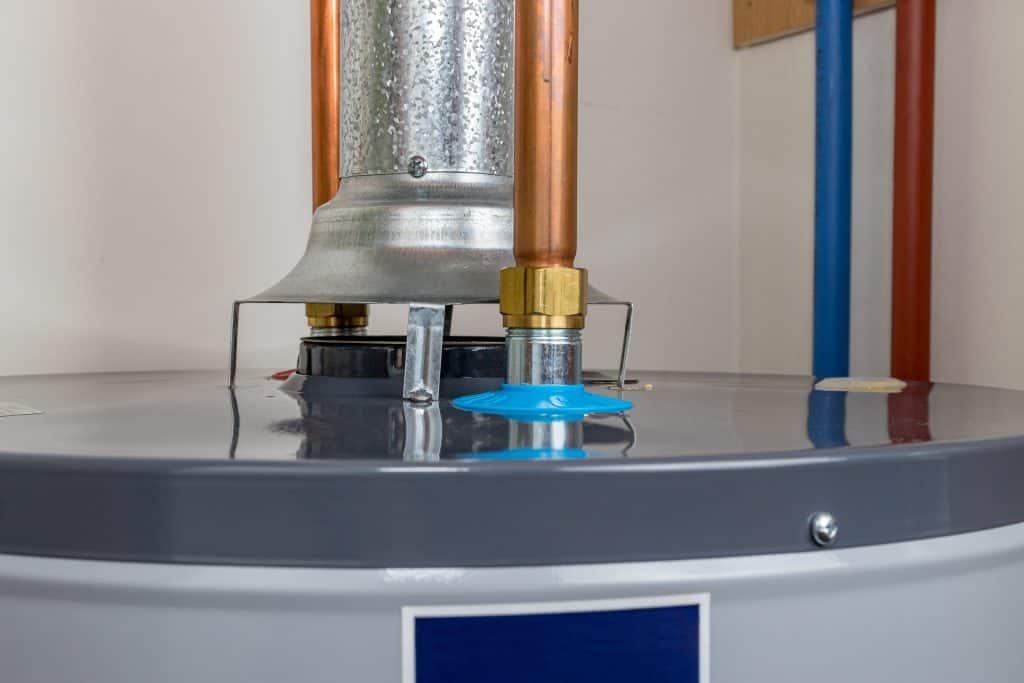At MSD, Inc. we believe our responsibility is protecting the Public Health. As part of that responsibility we wanted to share the following article posted by PHCC discussing the importance of maintaining the ongoing balancing act between Legionella Prevention and Scald Prevention in your Facilities Hot Water Systems. If you have any concerns, Team MSD is here to further evaluate your Facilities Hot Water System. #PHCC, #TEAMMSD, #ProtectingPublicHealth…..
Source: https://www.phcppros.com/articles/6652-hot-water-systems
There has been a lot of confusion about how to properly design, install and maintain a domestic hot water system to simultaneously control both scalding hazards and Legionella bacteria growth. Many people mistakenly believe that controlling hot water system temperatures is like a balancing act performed by simply adjusting the thermostat dial on the water heater to somewhere between scalding temperatures and Legionella bacteria growth temperatures. Unfortunately, there is no middle ground temperature. Any temperature that will minimize scalding in accordance with temperature limits in the model plumbing codes will be in the Legionella bacteria growth temperature range. The only solution to this dilemma is to use hot water temperature control valves to keep storage and distribution temperatures above the Legionella growth temperature range and reduce the temperatures at the fixtures to a safe temperature for bathing, showering and washing.
Water heater thermostat accuracy
Many people have made the mistake of assuming the thermostat dial on a water heater accurately controls the outlet temperature that flows from a water heater, but the thermostat does not accurately control the outlet temperature. Using the thermostat on a water heater to prevent scalding is prohibited by the model plumbing codes because the industry knows the thermostat dial on a storage-type water heater is not designed to accurately control hot water coming from a water heater. There are several types of water heaters on the market and the most common is the storage tank type. Other tankless or instantaneous water heater types have their own unique temperature control versus flow challenges that typically result in the use of temperature actuated control valves as part of the equipment, or a tempering valve is required as part of the system design, or the tankless heaters may not be capable of reaching a disinfecting temperature. The thermostat on a storage-tank-type water heater, however, is not designed to accurately control the outlet temperature because it is located near the bottom of the water heater to sense incoming cold-water temperatures and “turn-on” the energy to the heating element or the fuel to the burner.
The thermostats do not sense or control the hot water that accumulates at the top of a water heater. The water heater thermostats are designed in a way that causes an inherent delay in sensing hot water temperature because the heat must flow from the heated water through a boundary layer of water adhering to the thermostat, through the wall of the thermostat, through an air space in the thermostat, and then to a metal rod that expands and contracts to open and close contacts in the thermostat device.
I was told this heat transfer delay causes a lag time and overshoot temperature of about 11 to 15 degrees depending on the manufacturer. One water heater manufacturer’s representative told me the technicians in their factory had witnessed temperature lags as much as 18 degrees on some water heater models tested. This thermal delay results in a temperature chart that looks like a roller coaster. The water temperature at the thermostat element drops below the set point before the burner comes on and rises above the set point before it shuts off. This is why two different water temperature tests of a water heater at different times can yield vastly different results even though no adjustments have been made to the thermostat setting.
Stacking
In addition to the above mentioned thermal cycling, there can be stacking of hot water at times when there are intermittent short draws of hot water. Stacking occurs when cold water is drawn into the bottom of the water heater intermittently and causes the burner to cycle on even when the hot water at the top of the heater is well above the desired temperature setting. With each consecutive short draw of hot water and resulting burner cycle, the hot water temperature in the top of the water heater continues to rise and the outlet temperature can be as much as 30 degrees or more, above the thermostat set point. Therefore, the model plumbing codes prohibit the thermostat on a water heater to control the outlet temperature for purposes of scald prevention at fixtures.
Please view the following website for additional information : https://www.phcppros.com/articles/6652-hot-water-systems



